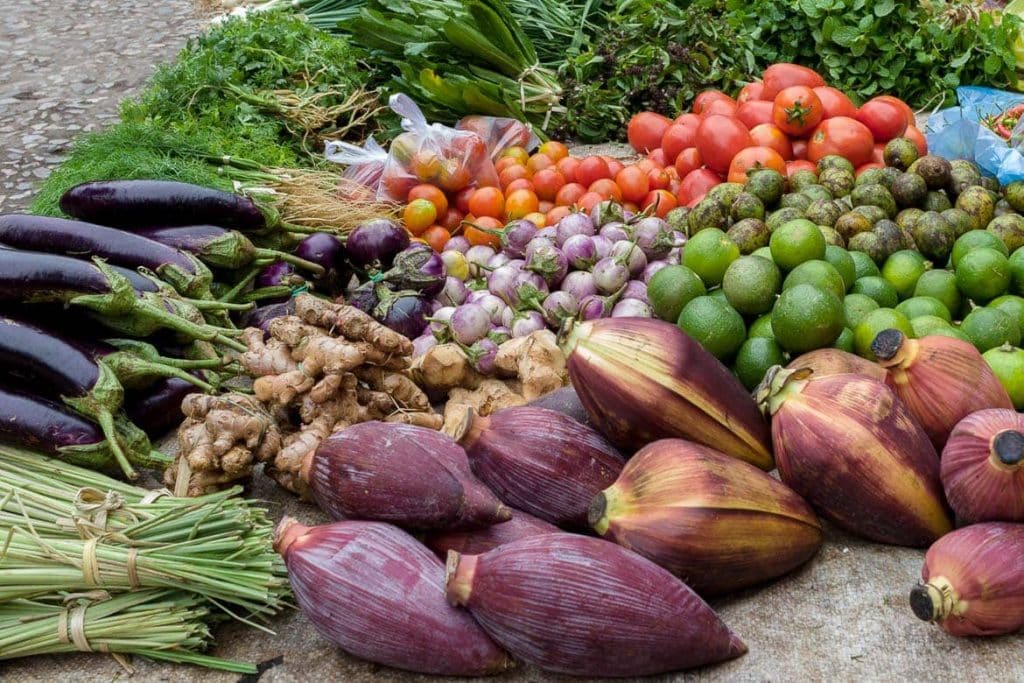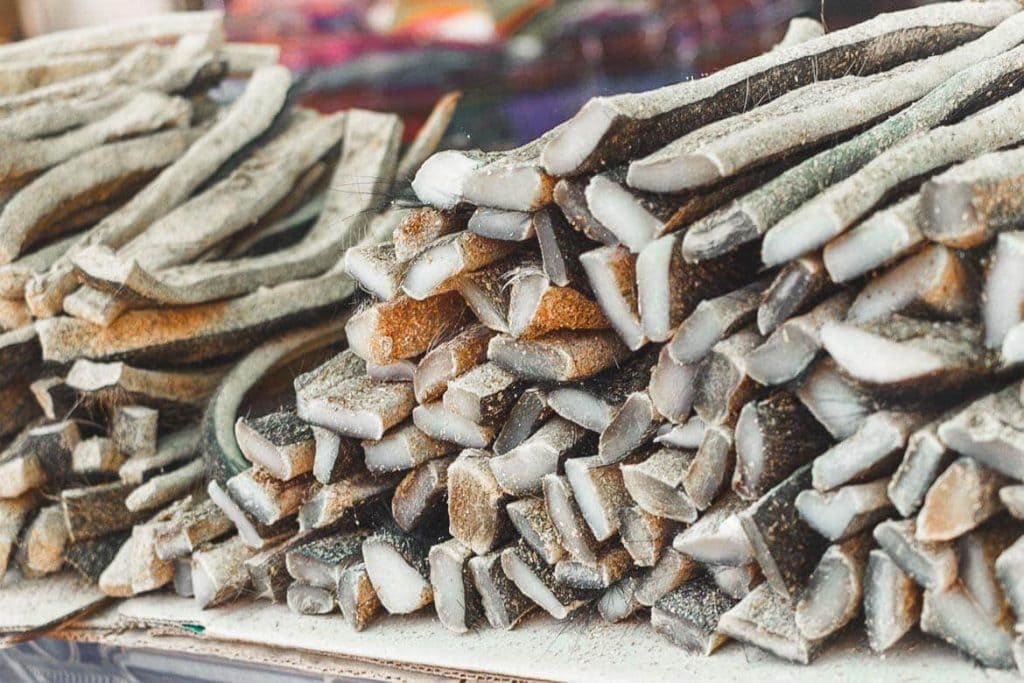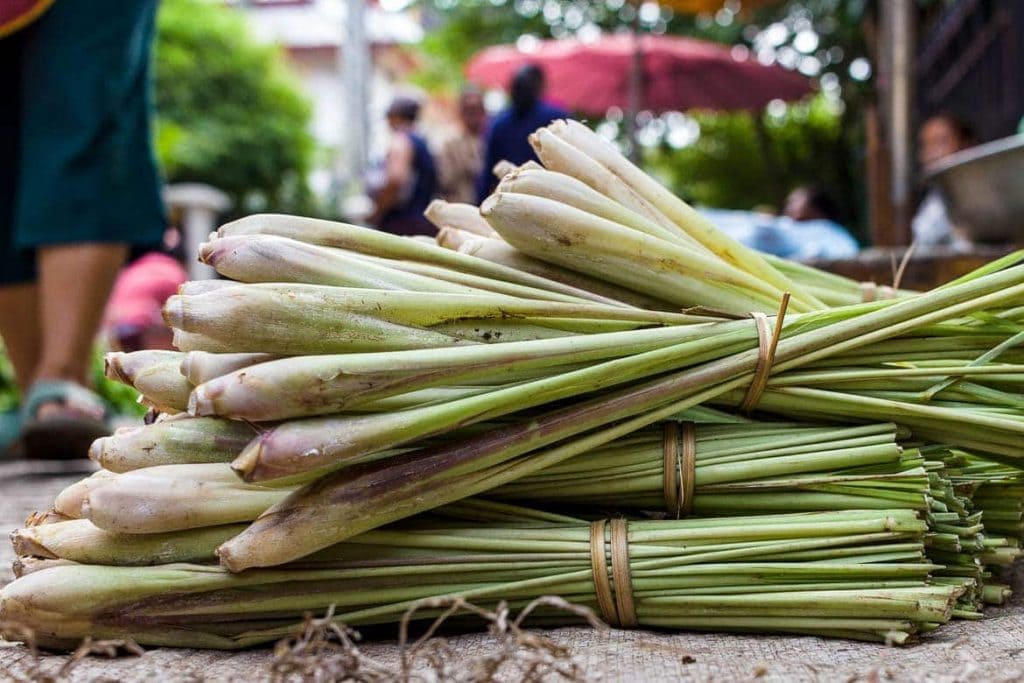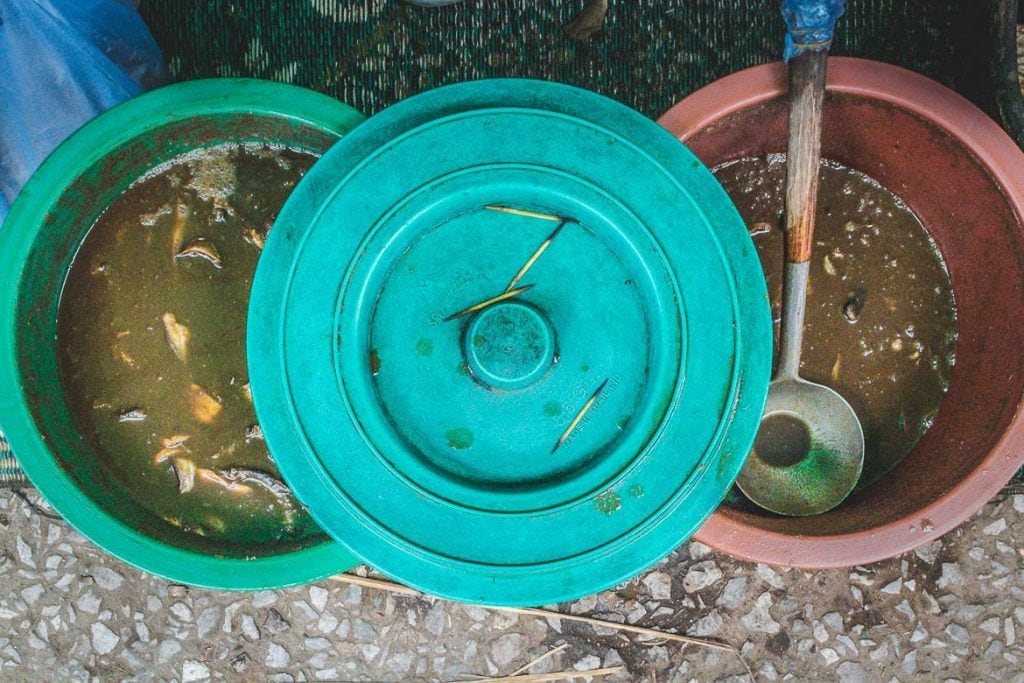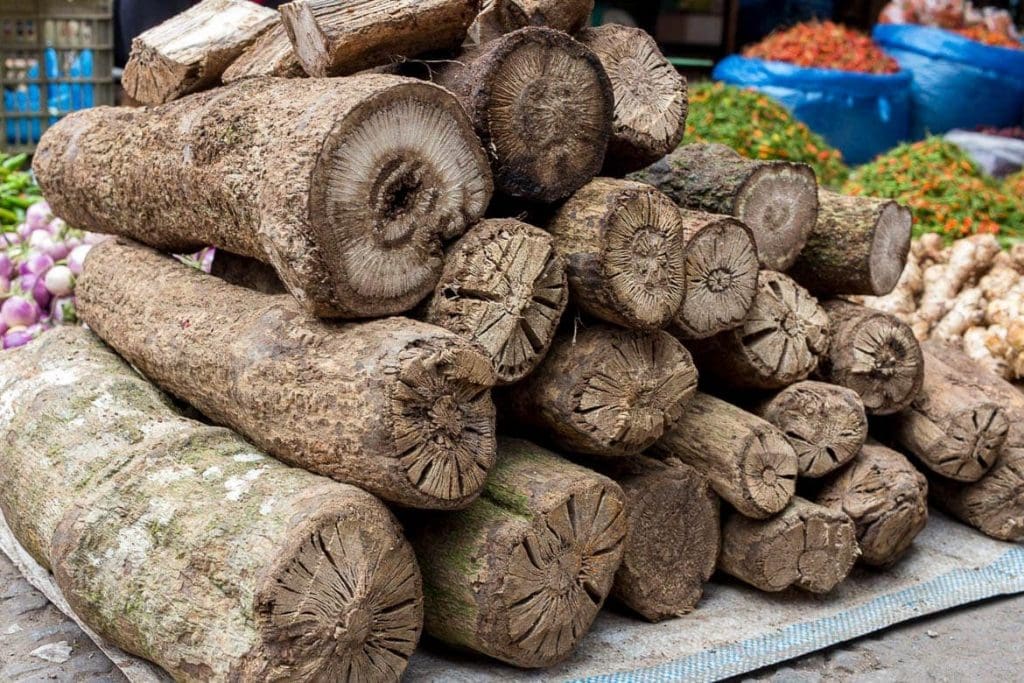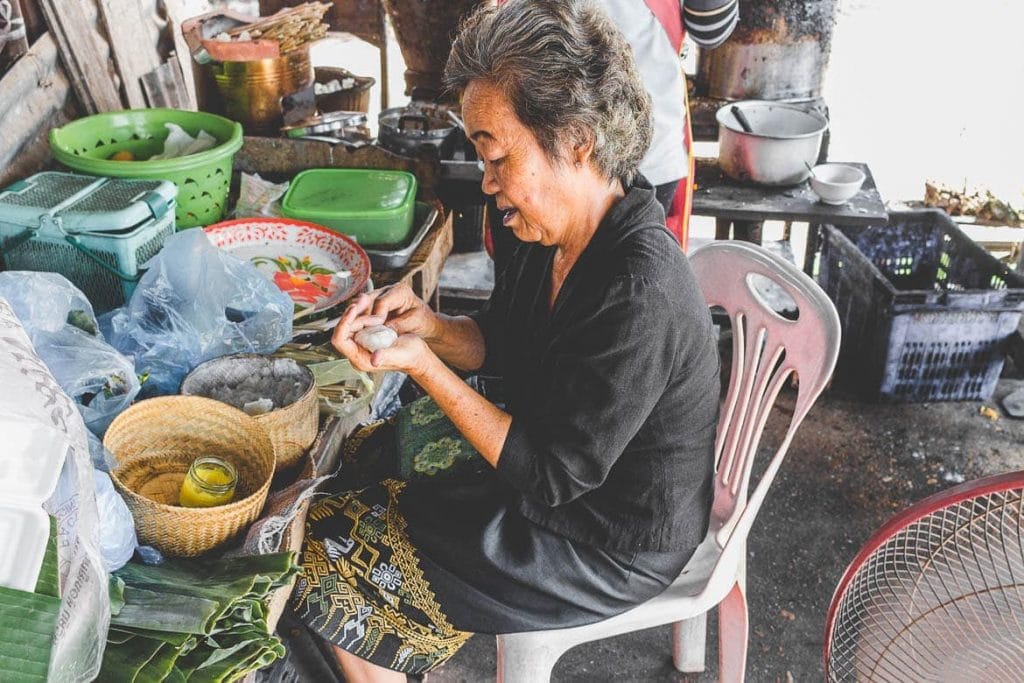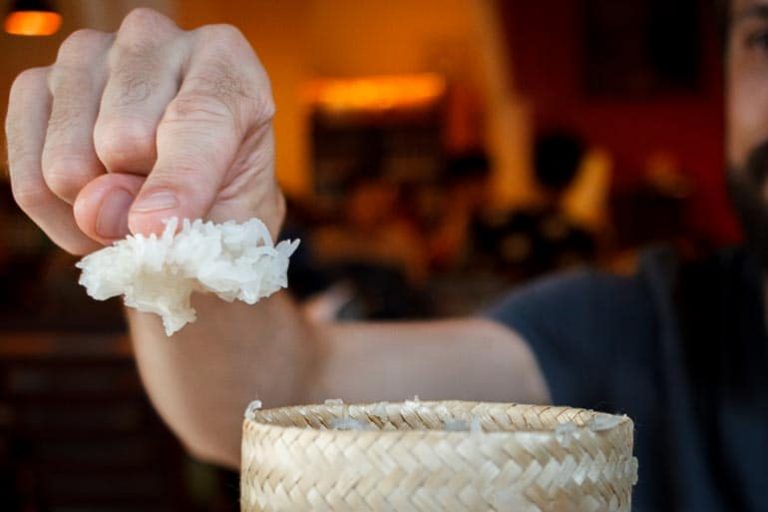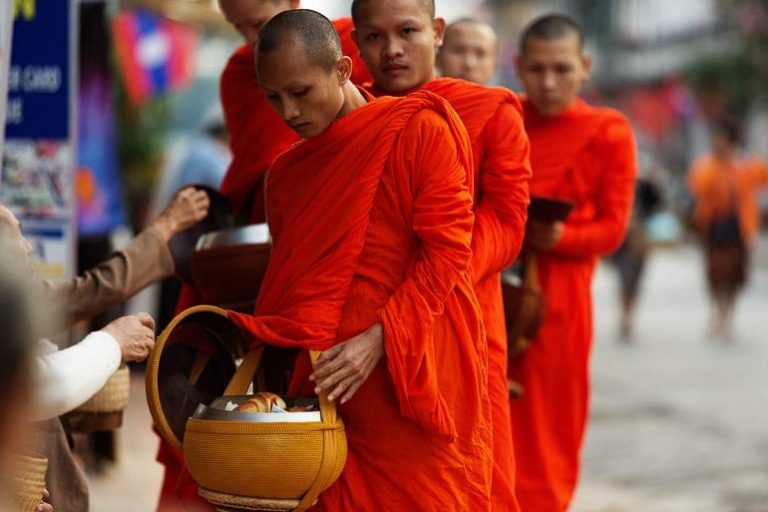Lao cuisine is a reflection of many aspects of the country, untouched, intense, native, often overshadowed by the most famous cuisine from neighboring countries (Thailand, Vietnam, China), but unforgettable for those who decide to explore its flavors.
Many typical dishes that we think are from Thailand are originally from Laos. Do you know Sticky Rice (glutinous rice), Green Papaya Salad and Laab? They are also Laotian dishes.
The borders have changed and Thailand became known for the typical dishes
We usually speak of Thai food in a general way without considering its regional differences, but it was precisely these particularities that helped us to better understand the difference between the cuisine of Thailand and Laos.
The northeastern region of Thailand, known as Isaan, was once part of Laos territory. For this reason, the typical dishes of this region are more similar to Laos than to the rest of Thailand, borders change, but the people, customs and local culture remain.

Main Ingredients of Lao Cuisine
The mountainous geography, the closed vegetation and the Mekong river that crosses the whole country, contribute to the rich biodiversity that is reflected in the Laotian cuisine. The people of Laos still live very close to nature and the ingredients they use are extremely fresh. Everything is used, even tree trunks go to the pot, like the Sakhaan, an essential ingredient for the Or Lam soup.
Laos is not the friendliest destination for vegetarians. Despite consuming many vegetables, the use of meat and other ingredients of animal origin are in almost all preparations. The main meats consumed are fish, chicken, duck, pork and buffalo, but are also eaten frogs, rodents, bats, insects, just take a walk in the local market and you will find the most exotic ingredients.
Fresh veggies Buffalo Skin – unique Lao ingredient Lemongrass – essential ingredient in Laos cooking Padaek (fermented fish sauce) – Lao secret ingredient Local Chillies Chili Wood (Sakhan) – essential Lao ingredient
Flavours of Laos
Overall, the flavors are strong, as is the aroma. The food is spicy, a little sweet and bitter. It can be said there are three items responsible for the main flavors of Laos.
- Padaek – a very strong fermented fish sauce, gives the salt and brings umami to the food of Laos;
- Lemongrass – basic ingredient for almost all dishes;
- Charcoal – everything is grilled, smoked is a constant flavor.
Typical Dishes and Drinks: What can’t be off the table
Sticky Rice is the highlight in all meals, served as main dish, side dish, afternoon snack and even used to help eating other dishes, such as jeow, a full-bodied sauce (like a pate) typical of the country.
Laab is the symbolic dish of Laos, a meat salad and fresh herbs. Laab means “Good Luck” and is mandatory on the menu of the main celebrations.
Typical drinks are also made from local ingredients. From rice they make beer (Beer Lao), whiskey (Lao-Lao) and other liquors (Lao-Hai). The coffee is served strong but with a generous portion of condensed milk. Coconut water and sugar cane juice are natural soft drinks. As in other Asian countries, tea is also widely consumed.
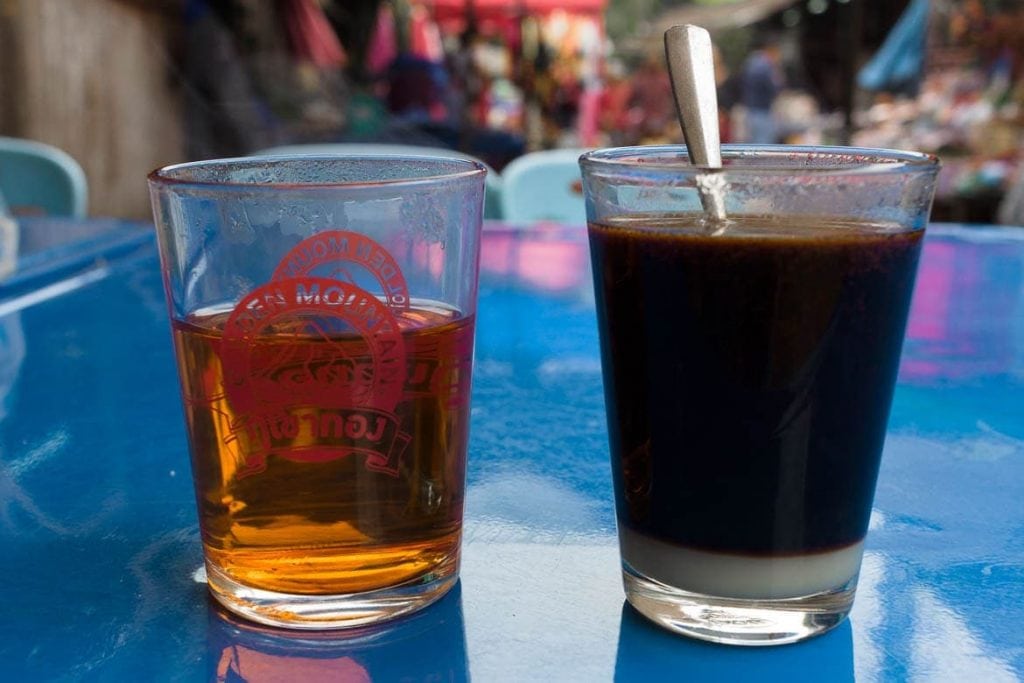
Culinary Traditions of Laos
Main meals are always shared and served at the same time: soup, rice, meat, vegetables and jeow.
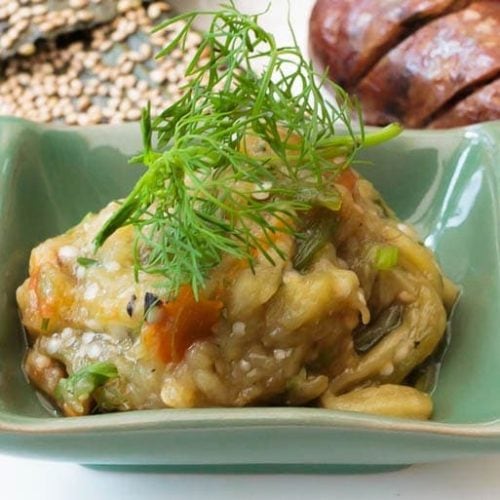
Tao Dam – the stove that is a symbol of traditional cuisine
The traditional Laos stove is a clay pot with a charcoal brazier, known as the Tao Dam, which is still used today. Gas ovens and stoves were never part of local cuisine. Therefore, typical dishes are grilled, stewed or steamed.
Other utensils that can’t be missed in Laotian cuisine are: pestle, banana leaves and bamboo baskets.
The influences of Lao cuisine
Nowadays, especially in big cities, you can see the legacy of other countries in Lao architecture and cuisine. Whether with the use of wok and dishes with noodles that mark the Chinese influence or with sandwiches on the baguette (Khao jii pat-te) and coffee shops and stalls scattered throughout the cities, a legacy of French colonization. Despite the strong influences, the essence of the cuisine remains authentic mainly in the towns around the big cities.
Tam Dam stove – traditional Lao cooking method Old Lady preparing Khao Jee in a local eatery
How to Explore the culinary of Laos as a Foodie
Laos has recently opened its doors to tourism (the 90s), during our visit around the country we could already see the impact. Local people don’t have the habit of eating in restaurants. In cities, most of the restaurants’ menus are adapted to Western tastes. We strongly recommend that you go beyond the tourist offer and explore the local food.
If you want to taste the flavours of Laos in renowned restaurants that value local cuisine, we recommend Doi Ka Noi in Vientiane and Tamarind in Luang Prabang. But, be sure to try dishes from family restaurants and food stalls on the street and in local markets, I guarantee you will be surprised.

